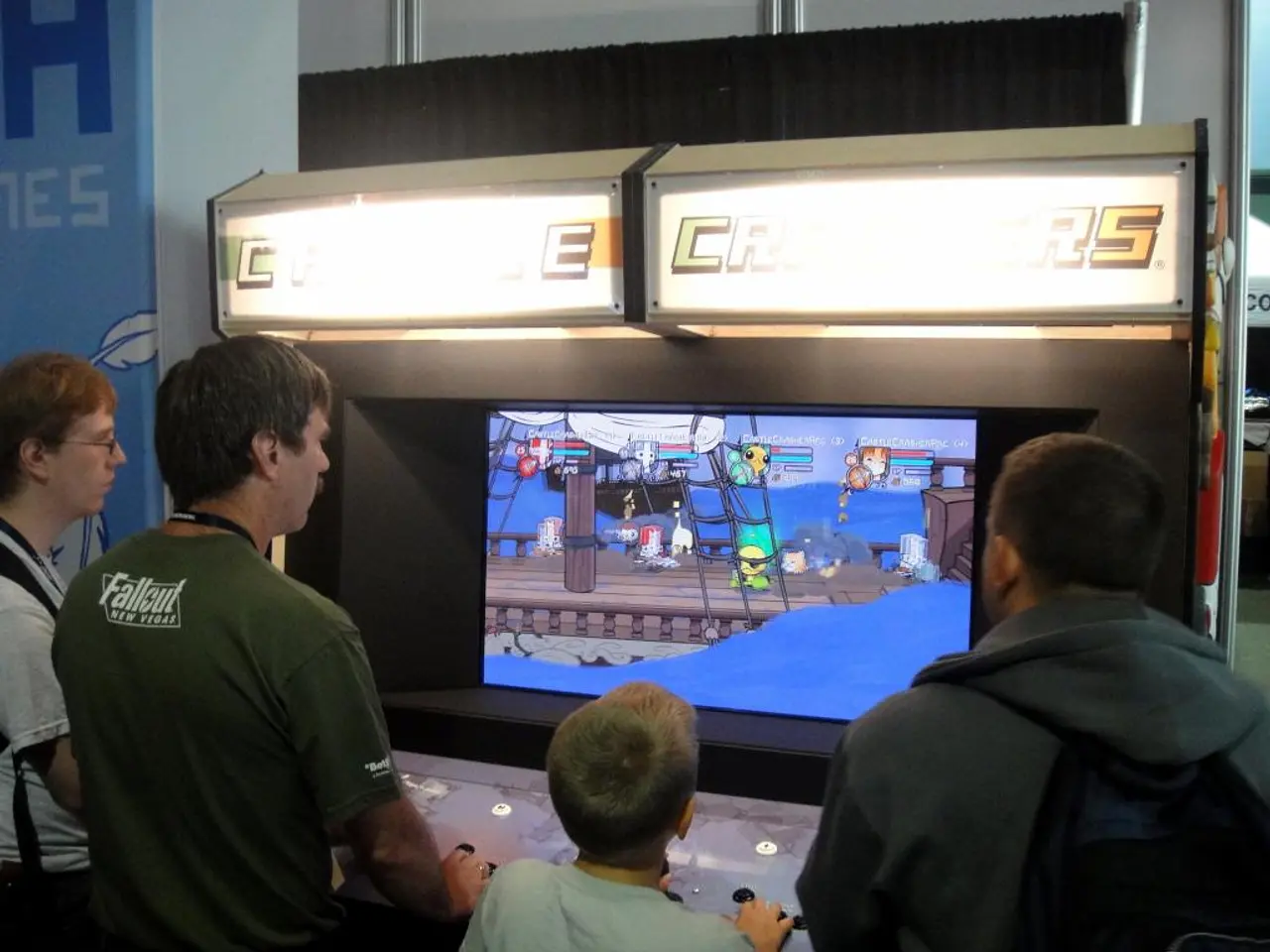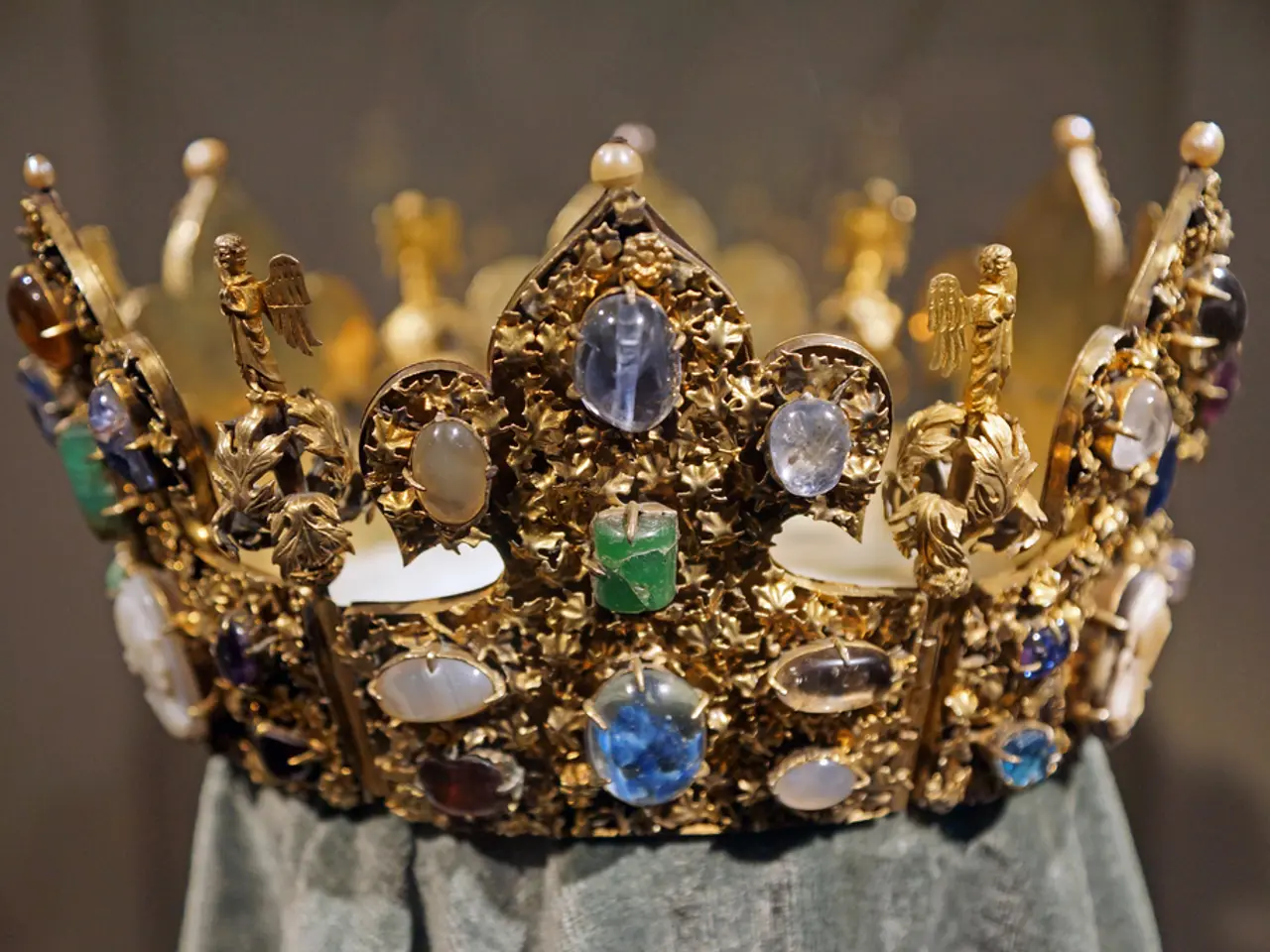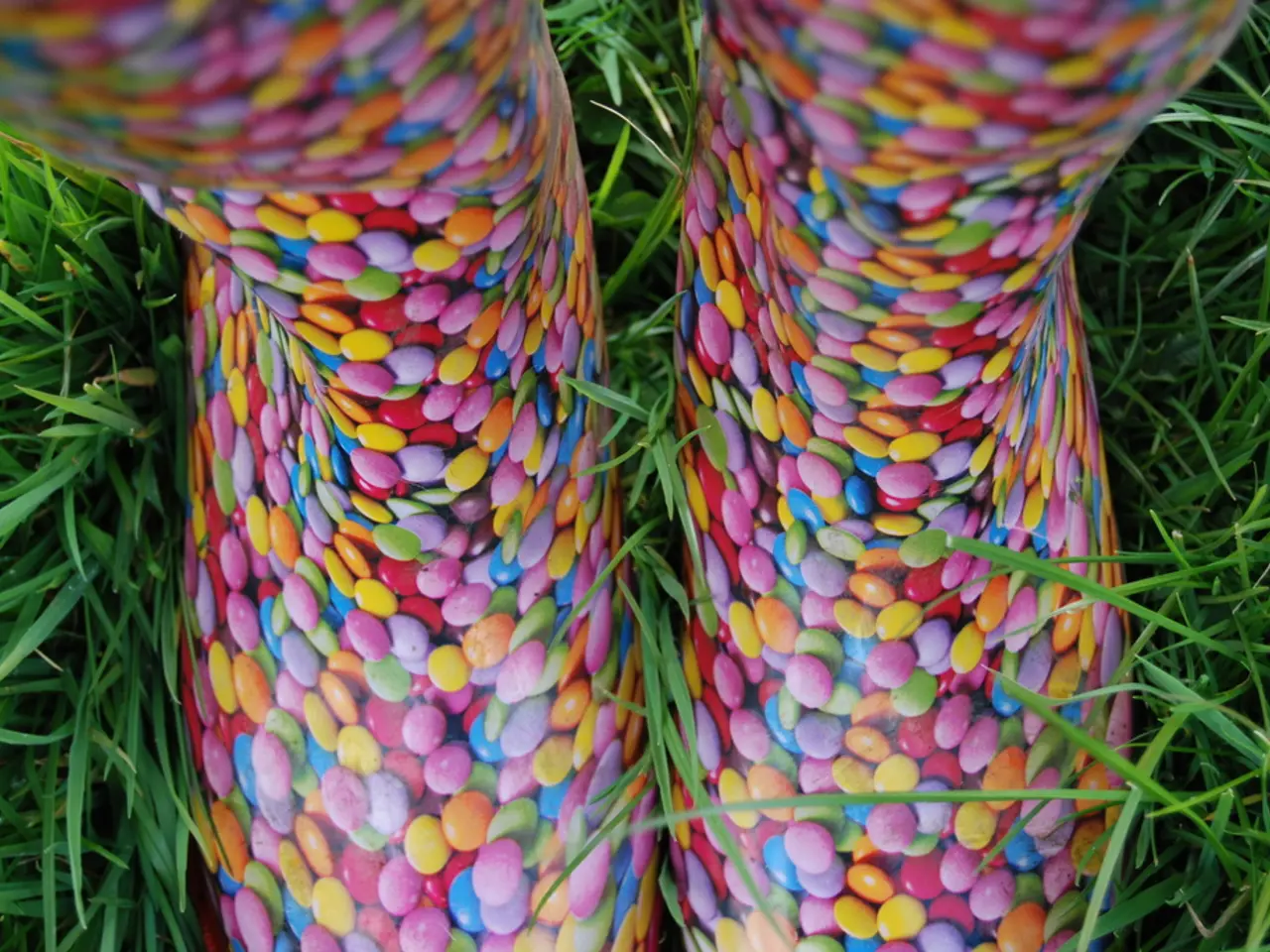"The appealing, accessible aesthetic of 'Consume Me' conceals a more ominous nature"
Jenny Jiao Hsia's struggle with expressing herself through words significantly shapes the indie game Consume Me. Hsia, the creator of this unique game, admits to her discomfort with verbal expression and finds herself "so bad at expressing [herself] through words." This has led to a reliance on communicating through pictures, storyboards, and visual elements instead of text or dialogue.
Consume Me is a visually distinct life sim that reflects this visual-first approach. The game's art style, described as "good enough" by Hsia, emerges naturally from the prototyping process. It boasts a lo-fi execution with thick brushstrokes and simple shapes, steering clear of polished or text-heavy storytelling.
The game's art style is not limited to 2D assets. In Jenny's bedroom scene, for instance, some inventive use of 3D can be found. The "free time scene" in Consume Me reuses 2D assets but employs a billboarding technique.
The game's co-director, AP Thomson, primarily handles the coding and writes much of the dialogue, supporting the narrative aspect that Hsia finds challenging. The game's loose, prototype-driven origins from Hsia's student project at the NYU Game Center in 2016 also reflect this visual-first approach, where asset reuse and minimalist art styles helped communicate ideas without relying on complex verbal exposition.
Consume Me is intended to be a darkly humorous depiction of eating disorders and high school life. It won both the Nuovo Award and the Seumas McNally Grand Prize at the IGF this year, reflecting its unique approach to storytelling.
The game's explicit content warning is due to its sensitive topic and initial cosy presentation. It's a light-hearted coming-of-age life sim based on Hsia's experiences with dieting and eating disorders, with a Burger Time-like food minigame adding a touch of fun.
A demo for the first chapter of Consume Me is available on Steam, with save data carrying over to the final game. The game is set to release for PC on 25 September.
[1] This information is sourced from the game's official website and interviews with Jenny Jiao Hsia and AP Thomson.
[2] The creative process behind Consume Me revolves around visual elements, as lead creator Jenny Jiao Hsia struggles with verbal expression.
[3] Hsia's discomfort with words led to a reliance on pictures, storyboards, and visual elements in her work.
[4] The game's art style, an eclectic blend of lo-fi execution and thick brushstrokes, reflects Hsia's visual-first approach.
[5] Not limited to 2D assets, Consume Me utilizes inventive 3D elements in some scenes.
[6] The game's designer, AP Thomson, focuses on coding and dialogue to support the narrative aspect that Hsia finds challenging.
[7] The game's loose, prototype-driven origins from Hsia's student project at the NYU Game Center in 2016 also reflect this visual-first approach.
[8] Consume Me is a darkly humorous depiction of eating disorders and high school life, winning both the Nuovo Award and the Seumas McNally Grand Prize at the IGF this year.
[9] The game's explicit content warning is due to its sensitive topic and initial cosy presentation.
[10] It's a light-hearted coming-of-age life sim based on Hsia's experiences with dieting and eating disorders.
[11] A Burger Time-like food minigame adds a touch of fun to the game's serious theme.
[12] A demo for the first chapter of Consume Me is available on Steam, with save data carrying over to the final game.
[13] The game is set to release for PC on 25 September.
[14] This information is sourced from the game's official website and interviews with Jenny Jiao Hsia and AP Thomson.
[15] When it comes to discussing design, Consume Me is a prime example of how art, illustration, and layout can play a crucial role in conveying a story without relying heavily on text or dialogue.
[16] Consume Me also sheds light on the role of UI and UX design in indie games, with its intuitive interface and seamless navigation.
[17] For those interested in graphic design and creative lifestyle, Consume Me offers a unique perspective on the fusion of art and game design.
[18] The game's themes of relationships, body image, and self-growth resonate with audiences across various demographics, including fashion-and-beauty enthusiasts, food-and-drink connoisseurs, and home-and-garden enthusiasts.
[19] Beyond gaming, the storytelling techniques employed in Consume Me can be treated as a case study for education-and-self-development, providing insights into personal-growth and communication strategies.




